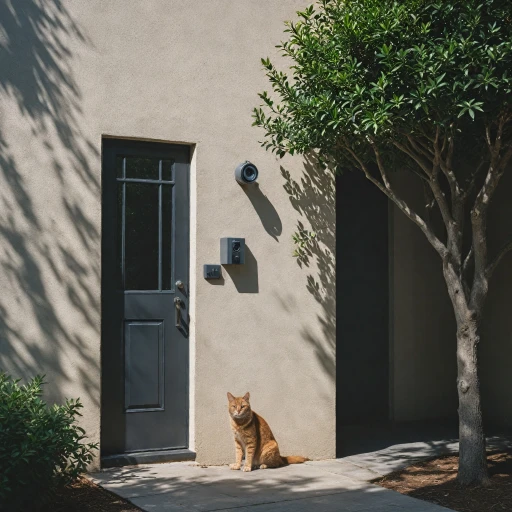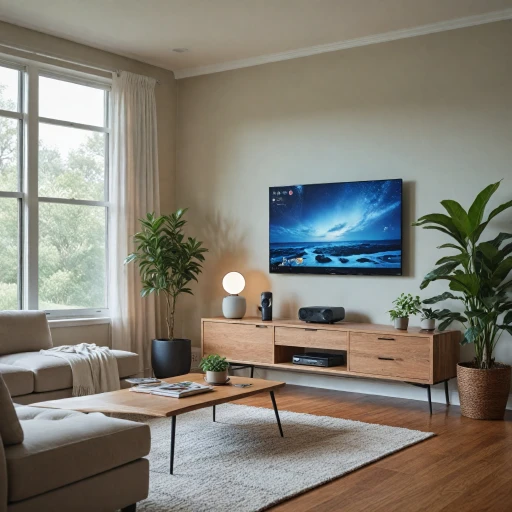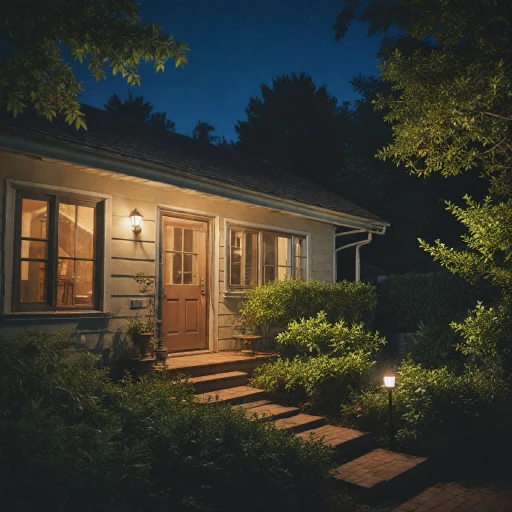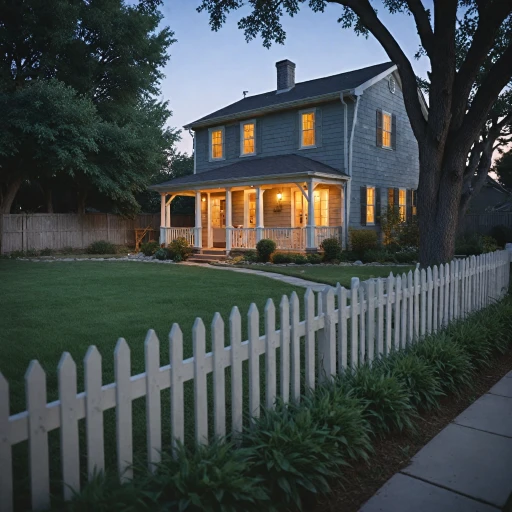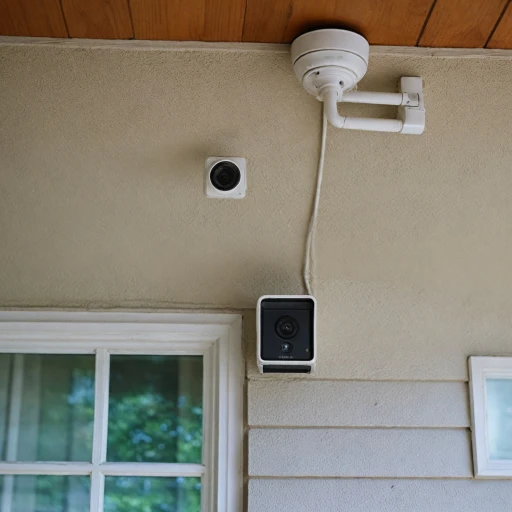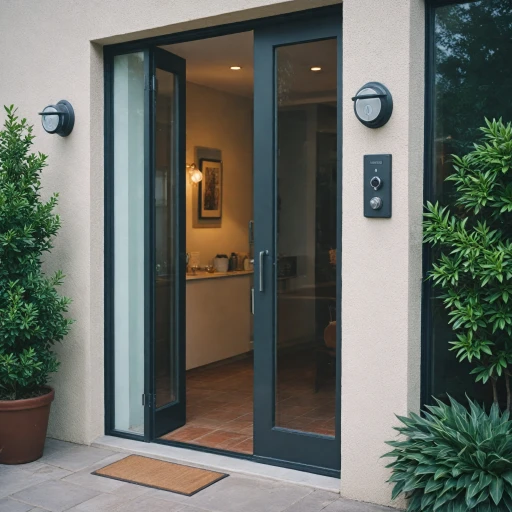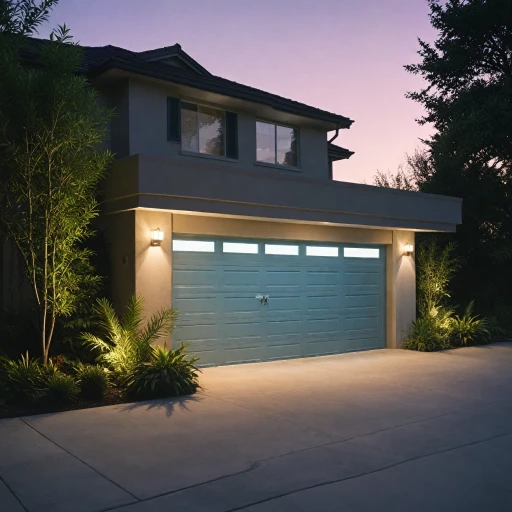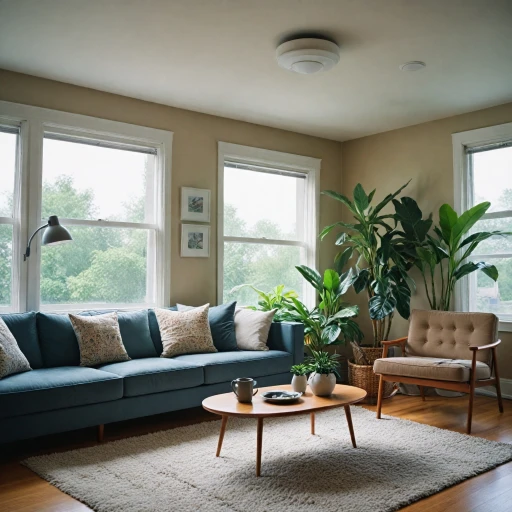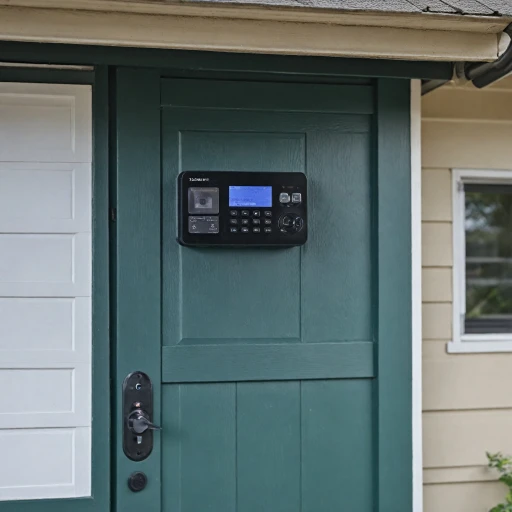
The Unforeseen Guests: Birds and Security Cameras
Unexpected Encounters with Feathered Friends
Home security cameras are primarily installed to keep an eye on potential intruders and ensure the safety of your property. However, these devices often capture more than just human activity. Birds, with their curious nature, frequently become unexpected visitors in the footage. This phenomenon has become increasingly common as more households adopt outdoor security cameras.
Birds are naturally attracted to security cameras for various reasons. The reflective surfaces and the warmth emitted by these devices can pique their interest. Additionally, the presence of nearby bird feeders or a solar powered camera with a solar panel can draw them closer, as they explore the surroundings for food and shelter.
While some might view these avian appearances as a nuisance, others find them charming. The unexpected encounters with birds can offer a unique perspective on the natural world, captured through the lens of your security system. As we delve deeper into this topic, we'll explore why birds are attracted to these devices and how their presence can impact your security measures.
Why Birds Are Attracted to Security Cameras
Flying Fascinations: Understanding the Avian Appeal to Security Devices
Birds are naturally curious creatures, often drawn to new or shiny objects in their environment. Home security cameras, especially those positioned outdoors, invariably become items of interest that pique the curiosity of our feathered friends. But what is it about these devices that captivate birds? One primary factor is the light and reflective components that cameras may possess. Birds are often intrigued by reflective surfaces, which can resemble the sunlight they naturally seek. This intrigue is particularly noticeable in solar-powered cameras with exposed solar panels. These types of gadgets can create reflections that sparkle, catching the eye of nearby birds. Additionally, the placement of many security cameras can make them a safe, elevated spot for birds to perch. Cameras installed in outdoor areas provide birds with a vantage point to view their surroundings, comparable to a tree limb but potentially more stable under certain conditions. Moreover, some birds might mistake parts of a camera for food or nesting materials, particularly if the camera is installed near a bird feeder. The close proximity to a feeder camera can lead birds to mistakenly treat the camera as an extension of their feeding area. It's important to recognize that the behaviors exhibited by birds toward cameras are driven by instinctual attractions rather than any understanding of the technology or its purpose. Yet, these actions, such as perching or pecking, can sometimes interfere with the camera’s operation or trigger motion detection unnecessarily. For those experiencing persistent bird interactions with their security devices, exploring creative solutions can help in managing the situation better, while maintaining a balance between effective security and respecting wildlife. To dive deeper into managing such wildlife interactions with cameras designed for security, consider reading this exploration on the benefits of a pen with a spy camera for home security. This can provide alternative perspectives and innovative approaches to integrating security systems efficiently.Impact on Security: Are Birds a Nuisance or a Benefit?
Assessing the Impact of Feathered Companions on Home Security
The presence of birds on your security cameras might initially seem like a harmless, even charming sight, as they flitter and ultimately elegantly in and out of view. However, understanding their impact on the broader security system is essential for homeowners seeking reliable surveillance. While birds are often attracted to security cameras for various reasons discussed previously, they can be both a nuisance and a surprising benefit. For many, birds are an unexpected challenge that requires attention. Their flapping wings and constant movement may trigger false alarms through motion detection features, making it seem like there is more activity happening around your home than necessary. This may lead to homeowners opting for features like motion sensitivity adjustments or investing in more advanced products with smarter detection abilities. On the flip side, these avian visitors can offer auxiliary security benefits. Birds, by nature, are territorial, and their presence around outdoor security systems might deter smaller intruders, like rodents, from venturing near your property. Homeowners might also find value in aligning their home security setup with bird-friendly elements, such as installing bird feeder cameras strategically to blend the natural vigilance of birds with technology. The integration of solar-powered or solar panel-equipped systems can further enhance this relationship, providing eco-friendly options that support an uninterrupted power supply, while offering cameras that are less intrusive. The reputation of solar-powered systems for potential cost-effectiveness over the years makes them attractive choices for both nature enthusiasts and those focused on efficient security solutions. Ultimately, balancing your security needs with a keen awareness of nature’s role is crucial. By doing so, you might find that your cameras do more than just capture security footage, but seamlessly integrate into an ecosystem where every flutter holds its weight in the protection plans. Further insights into how smart technological adjustments can keep birds from affecting your system negatively might be explored extensively in discussions around enhancing home safety with a Z-Wave smoke detector.Adjusting Your Camera Settings to Minimize Bird Interference
Fine-Tuning to Keep Birds at Bay
One of the challenges with outdoor security cameras is ensuring they fulfill their primary function without undue interference from wildlife, particularly birds. If you've noticed more than just the occasional feathery visitor in your camera view, it might be time to adjust your settings to better balance their presence while maintaining security. Here are a few practical adjustments to consider:- Placement and Angle: Position your cameras thoughtfully. If the camera is too close to potential attractions like bird feeders, relocating it might reduce bird activity in the frame. Adjusting the camera angle can also minimize the chance of motion detection being triggered by birds.
- Motion Detection Settings: Many modern security cameras offer smart motion detection technology that allows for more detailed customization. By adjusting the sensitivity and focus zones, you can reduce false alerts caused by bird movements across the camera’s field of view.
- Use of Physical Deterrents: To protect the camera unit from being a perch, consider installing bird spikes or similar deterrents. However, ensure these additions do not interfere with the camera's optics or housing.
- Incorporation of Technology: Some advanced security products come with AI capabilities to differentiate between birds, people, and vehicles. Upgrading to a camera with such technology can significantly improve your surveillance without being disrupted.


